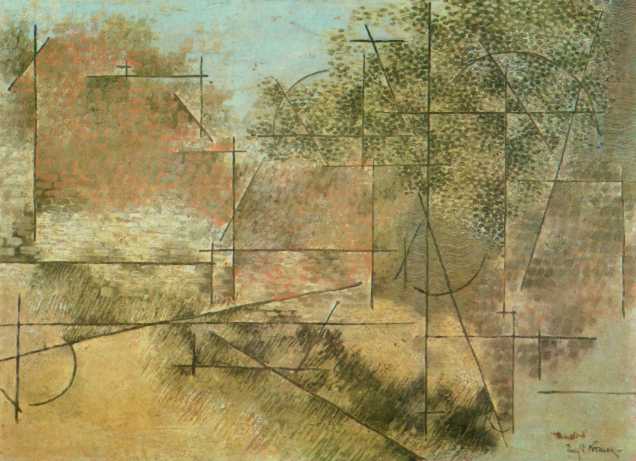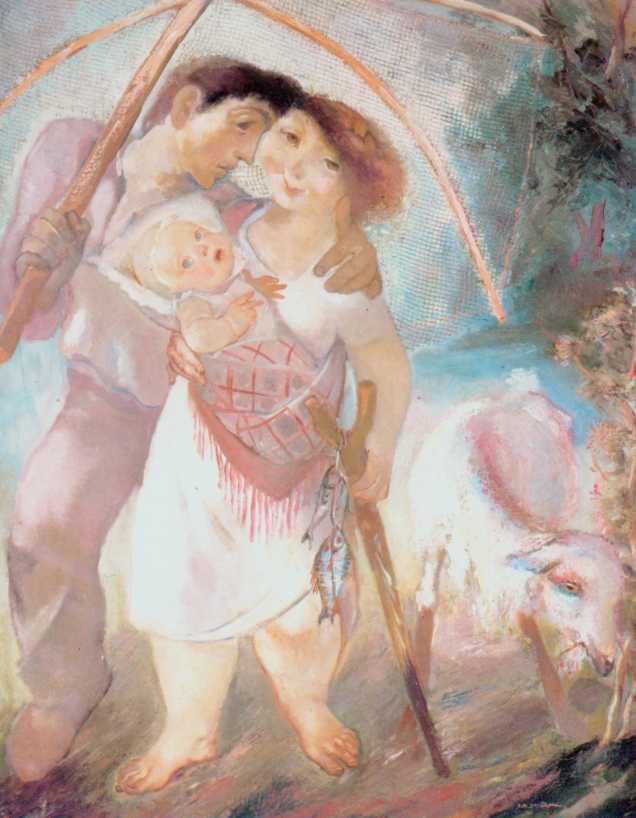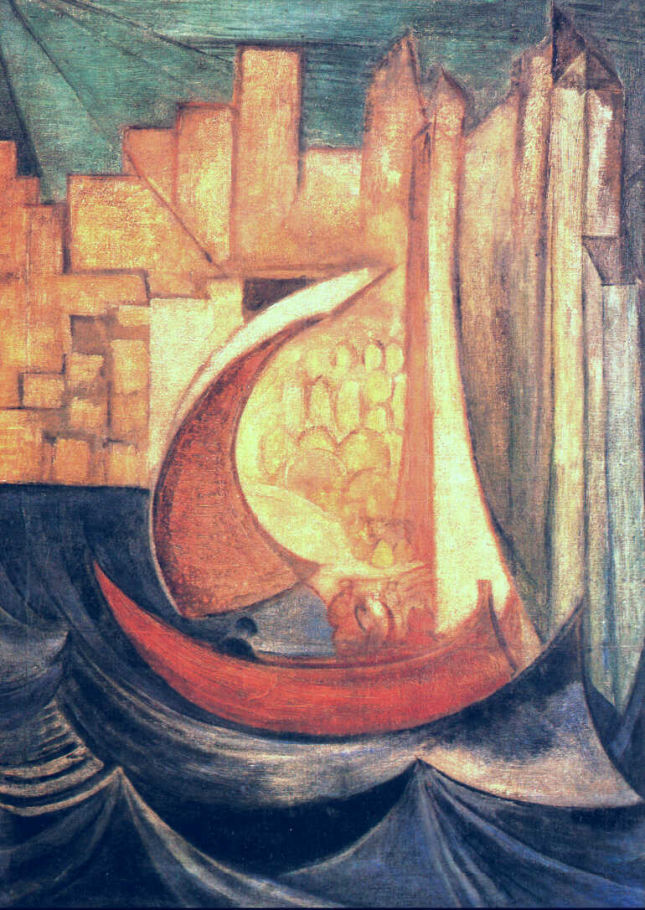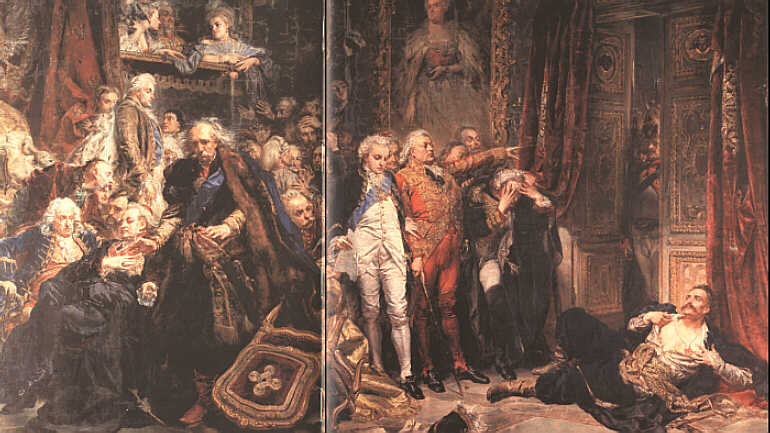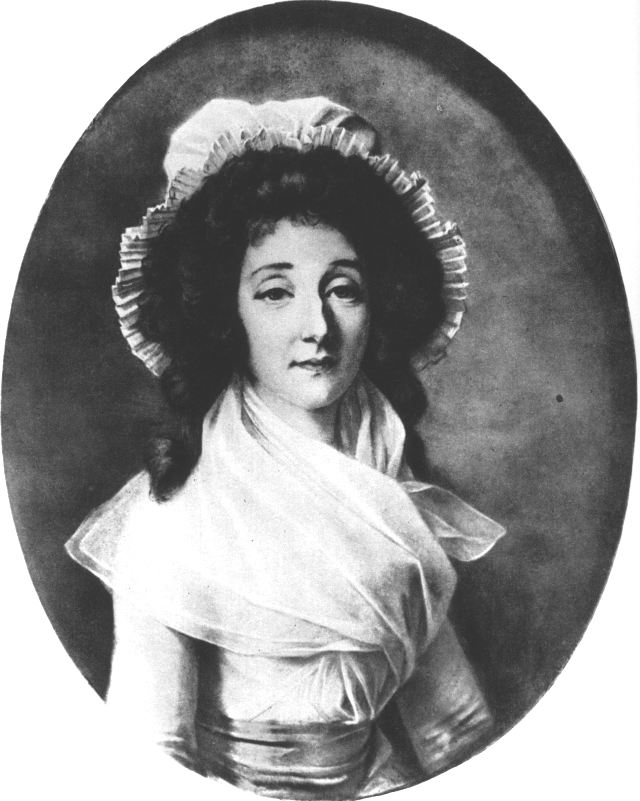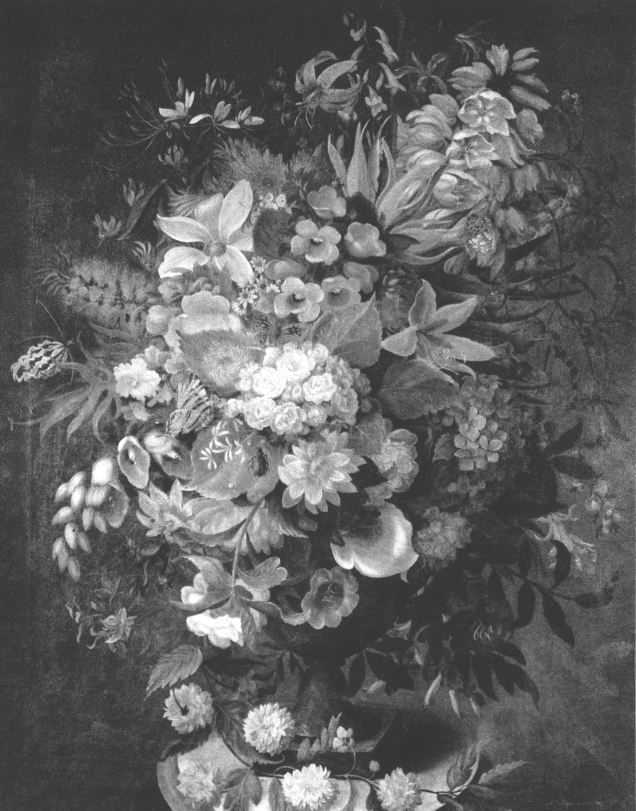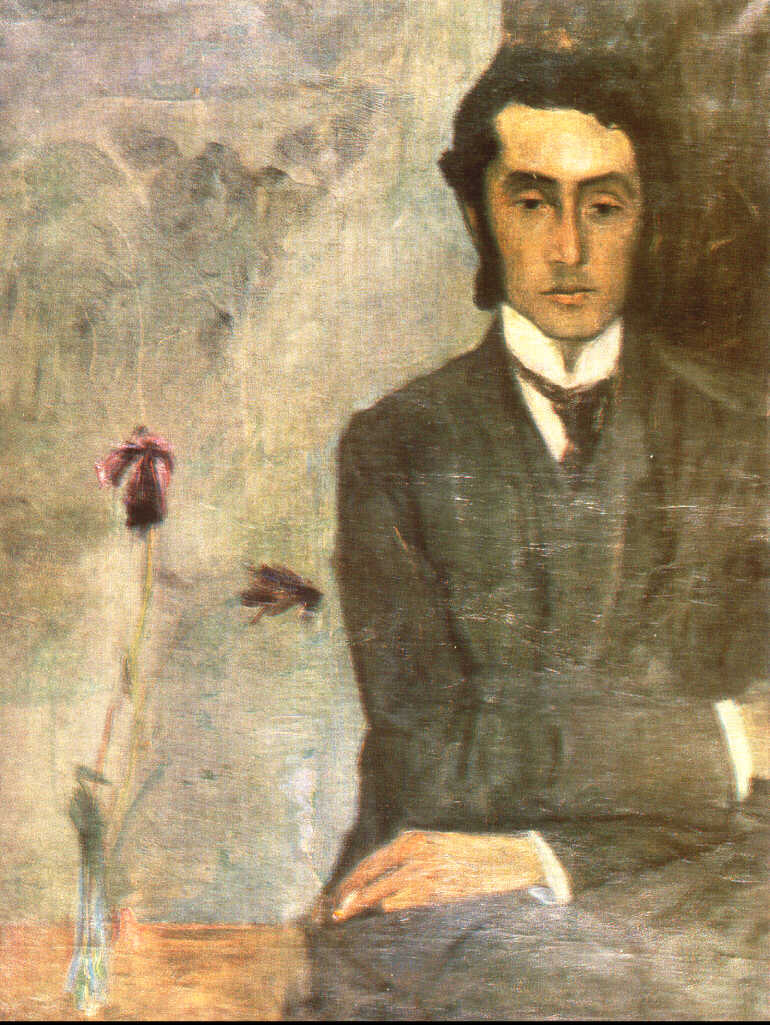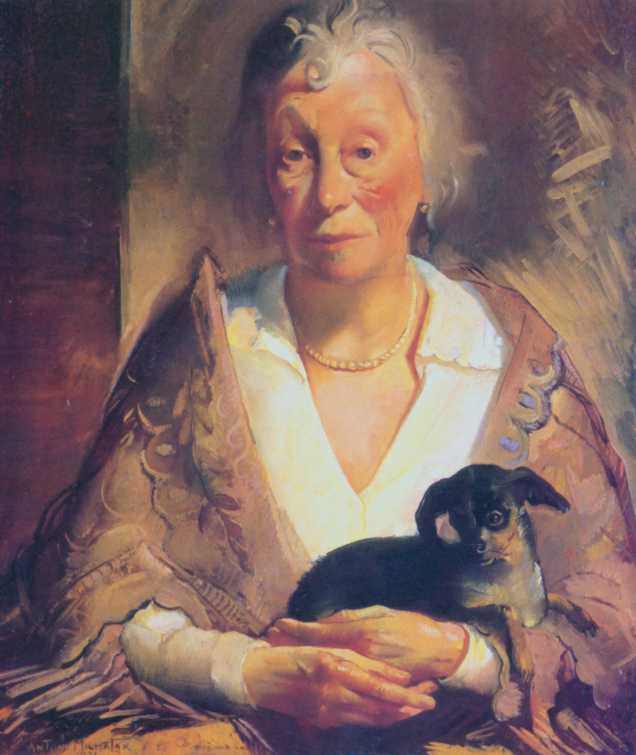
Arcimboldo, Spranger i Van Dyck – Art History Museum – Vienna
In the room 19 enters the world of Rudolf II's court (1576-1612), an emperor with a melancholy disposition, who locked himself in the Prague Castle surrounded by astrologers, alchemists and artists. Rudolph, whose portrait by Hans von Aachen (ok. 1551-1615) hanging in this room, the museum owes paintings by Bruegel and Dürer. One of Rudolf's favorite court artists was Giuseppe Arcimboldo (1527-1593), whose 'folding heads”, Profile portraits close to surrealism, composed of inanimate objects, fascinated the emperor to such an extent, that he had pictures of all members of his entourage painted, including the cook. Among the four paintings owned by the museum (they are all allegorical to be found in Water, on which the head is composed of sea creatures and fire, where the head is made of a dump of burning bundles, an oil lamp and various firearms. Rudolf was fond of the mannerists, which included, for example, Bartholomaus Spranger (1546-1611), whose canvases depicting Vulcan, May, Venus and Adonis were to satisfy the imperial passion for the mythological world of dreams tinged with eroticism.
It hangs in the same room 19 the works of Bruegel Chłopski's son, Jan Brueghel the Elder, called Velvet (1568-1625), whose precise flower arrangements have gained great recognition. One of his most famous, non-flowering, beautifully crafted images show the Magi. The adjacent room XII is devoted mainly to Anthony van Dyck (1599-1641). Some works date back to when he worked closely with Rubens, which explains the characteristic brush strokes. Other, mostly portraits, come from the period, when he was appointed court painter of the English king, Karola I.

